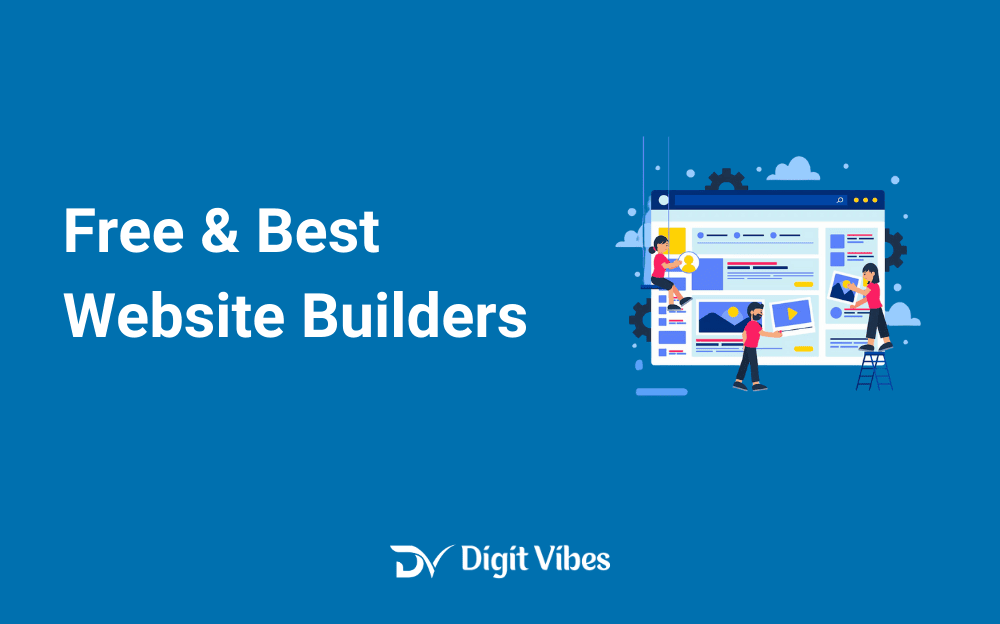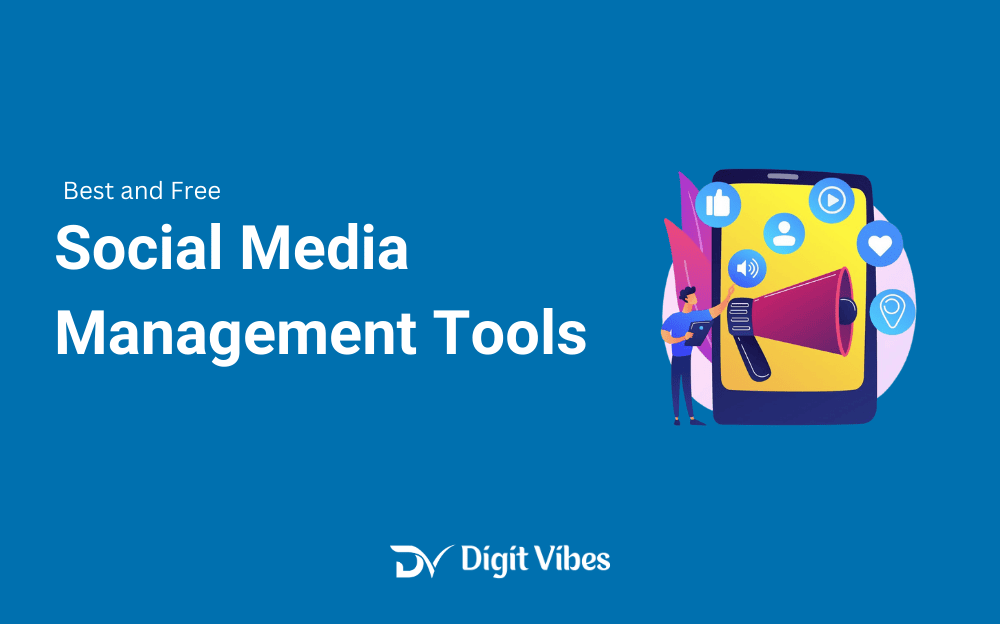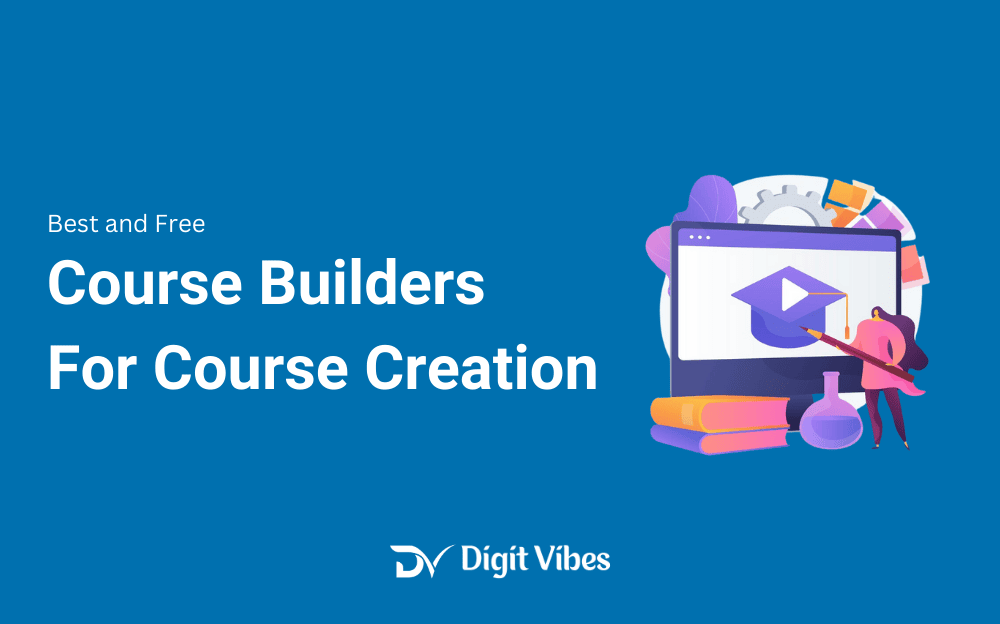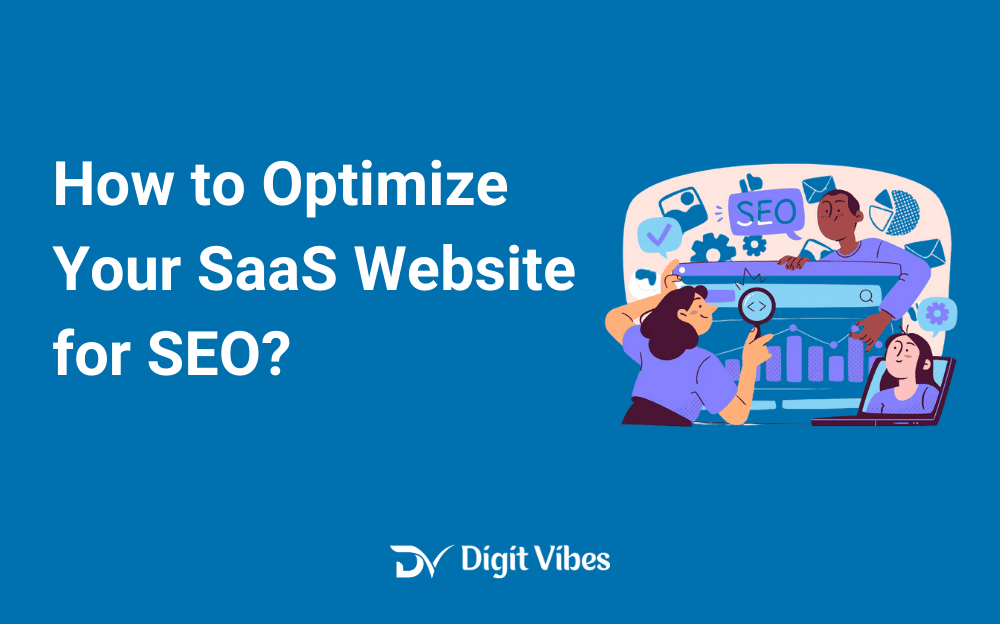
Optimizing your SaaS website for SEO is crucial to driving organic traffic and converting visitors into customers.
It’s not just about getting people to your site; it’s about ensuring they stay, engage, and take action.
Let’s explore how to do that effectively, so your SaaS business can thrive in a competitive market.
Understanding Your Audience and Keywords
First things first—know your audience. Understanding who your target customers are, what they need, and how they search for it is the foundation of SEO success.
Start by conducting thorough keyword research. Focus on finding keywords that are not only relevant to your SaaS product but also match the intent of your potential customers.

Use tools like Google Keyword Planner, Ahrefs, or SEMrush to identify high-volume, low-competition keywords that you can realistically rank for.
But don’t stop there! Consider long-tail keywords—these are longer, more specific phrases that potential customers might search for.
For example, instead of just targeting “project management software,” you might target “best project management software for small teams.”
These long-tail keywords often have lower competition and can bring in highly targeted traffic that’s more likely to convert.
Optimize On-Page SEO Elements
Once you have your keywords, it’s time to optimize your on-page SEO elements. This includes your title tags, meta descriptions, headers, and content. Let’s break it down:
- Title Tags: Ensure your title tags are compelling and include your primary keyword. Keep them under 60 characters to avoid truncation in search results.
- Meta Descriptions: Write clear and persuasive meta descriptions that entice users to click. Include your main keyword and keep it under 160 characters.
- Headers (H1, H2, H3): Use headers to structure your content and include relevant keywords. This not only helps with SEO but also improves readability, making your content easier to digest.
- Content: Your content should be informative, engaging, and optimized for your target keywords. Focus on creating content that addresses the pain points of your audience and positions your SaaS product as the solution.
Improve Site Speed and Performance
In the world of SaaS, where users expect instant access to solutions, a slow website can be a deal-breaker. Google considers site speed a ranking factor, and users are more likely to abandon a site that takes too long to load. To optimize your SaaS website for speed:
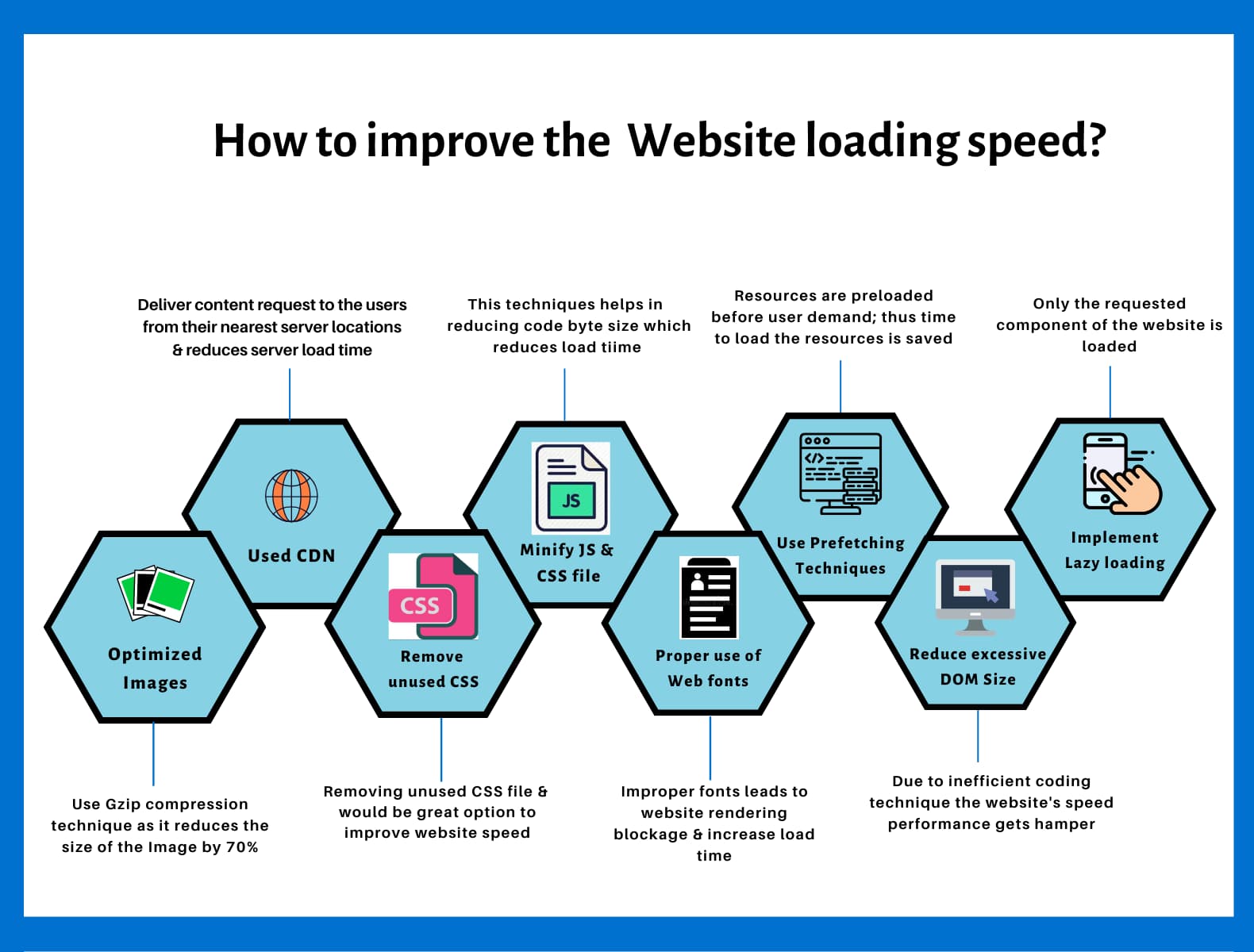
- Compress Images: Large images can slow down your site. Use tools like TinyPNG or JPEG-Optimizer to reduce file sizes without sacrificing quality.
- Minimize HTTP Requests: Reduce the number of elements on your pages to decrease load times. This might involve combining CSS files, reducing the number of plugins, or using asynchronous loading for JavaScript.
- Leverage Browser Caching: Caching stores some of your site’s files on users’ browsers, so they don’t have to reload the entire page on subsequent visits.
- Use a CDN: A Content Delivery Network (CDN) can distribute your site’s content across multiple servers worldwide, ensuring faster load times for users regardless of their location.
Optimize for Mobile Users
More and more users are accessing websites via mobile devices, and Google’s mobile-first indexing means that the mobile version of your site is the primary version considered for search rankings. To ensure your SaaS website is optimized for mobile:
- Responsive Design: Your website should automatically adjust to fit any screen size, providing a seamless experience whether users are on a desktop, tablet, or smartphone.
- Fast Mobile Load Times: Use Google’s Mobile-Friendly Test tool to identify and fix any issues that might slow down your mobile site.
- Simplified Navigation: Make it easy for mobile users to find what they’re looking for with a clean, intuitive navigation menu.
Create High-Quality, Engaging Content
Content is king, especially when it comes to SaaS websites. Your content should not only be optimized for search engines but also provide real value to your users.
Consider creating different types of content, such as:
- Blog Posts: Regularly updated blog posts can help you target long-tail keywords, answer common customer questions, and establish your brand as a thought leader in the industry.
- Case Studies: Showcasing how your SaaS product has helped other businesses can build trust and credibility.
- Tutorials and How-To Guides: Help users get the most out of your product by providing in-depth guides and tutorials.
Build a Strong Backlink Profile
Backlinks are one of the most important ranking factors for SEO. When reputable websites link to your SaaS site, it signals to Google that your content is trustworthy and valuable.
Here’s how to build a strong backlink profile:
- Guest Blogging: Contribute articles to industry blogs and include a link back to your site. This not only drives referral traffic but also helps build your domain authority.
- Partner with Influencers: Collaborate with industry influencers to get mentions or links from their websites or social media channels.
- Create Shareable Content: High-quality content, such as infographics, original research, or in-depth guides, is more likely to be shared and linked to by other websites.
Optimize for User Experience (UX)
A great user experience (UX) can directly impact your SEO. If users find your website easy to use, they’re more likely to stay longer, explore more pages, and eventually convert.

Here are some UX optimization tips:
- Clear Call-to-Actions (CTAs): Make sure your CTAs are prominent, clear, and compelling. Guide users toward taking the desired action, whether it’s signing up for a trial, downloading a whitepaper, or contacting sales.
- Easy Navigation: A well-structured website with a logical navigation menu helps users find what they’re looking for quickly and easily. This reduces bounce rates and encourages users to spend more time on your site.
- Interactive Elements: Incorporate elements like chatbots, interactive demos, or calculators to engage users and provide a personalized experience.
Track and Measure Your SEO Performance
SEO is not a one-time task—it’s an ongoing process. Regularly track and measure your SEO performance to understand what’s working and where there’s room for improvement.
Use tools like Google Analytics, Google Search Console, and Ahrefs to monitor key metrics such as organic traffic, keyword rankings, bounce rates, and conversions.
Set up goals in Google Analytics to track specific actions, like trial sign-ups or demo requests, and analyze how visitors are interacting with your site.
This data can provide valuable insights into the effectiveness of your SEO strategy and help you make informed decisions moving forward.
Final Thoughts
Optimizing your SaaS website for SEO is essential to attract, engage, and convert visitors.
By focusing on keyword research, on-page SEO, site performance, mobile optimization, high-quality content, backlinks, and UX, you can create a robust SEO strategy that drives results.
Remember, SEO is a long-term investment, but with consistent effort, you’ll see your organic traffic grow and your SaaS business flourish.


